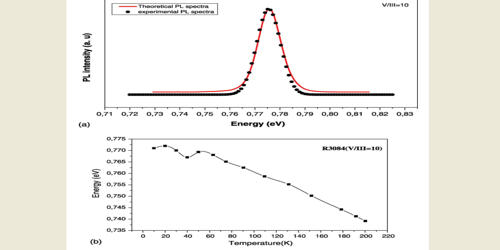The International Monetary Fund (IMF) warned of “disorderly” housing price corrections in Europe on Friday (April 28, 2023), as the area struggles to contain inflation.
According to the IMF’s current regional economic outlook for Europe, a downward correction in several European property markets is already started, but this slide might accelerate as central banks raise interest rates further.
“Disorderly corrections in real estate markets could occur even if broader financial distress is avoided. A housing market correction is already underway in some European countries, for instance, in the Czech Republic, Denmark, as well as in Sweden where house prices declined more than 6% in 2022,” the Fund said.
“House price declines could accelerate if markets reprice inflation risks and financial conditions tighten more than expected. These price declines would have adverse effects on household and bank balance sheets,” the IMF added.
Mortgage payments may rise when central banks raise interest rates in an effort to combat inflation. As a result, mortgage holders may have less spare income to spend and, in certain situations, may find themselves unable to repay their loans. Banks could also struggle in an environment where repayments are not made.
“Empirical models linking house prices to their fundamental drivers point to an overvaluation of 15–20% in most European countries. Therefore, with mortgage rates still on the rise and real incomes dented by inflation, house prices have been declining recently in many markets,” the Fund said.
House price declines could accelerate if markets reprice inflation risks and financial conditions tighten more than expected. These price declines would have adverse effects on household and bank balance sheets.
According to the IMF
Data from Europe’s statistics office Eurostat showed house prices dropping for the first time since 2015. Across the European Union, house prices fell 1.5% in the fourth quarter of 2022 from the previous three-month period.
“General house price issues are across the board, not just in high debt countries, and they need to be tackled with supervision. They need to be tackled with stress tests, they need to be watched very carefully,” Alfred Kammer, director of the European department at the IMF, told CNBC in Sweden.
Sticky Inflation
At the same time, estimates point to further challenges with inflation. The IMF expects headline inflation to average 5.3% in the euro zone this year and 2.9% next year above the European Central Bank’s target of 2%.
“The ECB needs to be increasing interest rates relatively early and need to maintain those through at least mid-2024. We expect to come back to the inflation target of 2% during 2025,” Kammer told CNBC.
The European Central Bank is due to meet next week, and one of its members has recently suggested that a 50 basis point increase is not off the table. The central bank embarked on a hiking path in July 2022, when it brought its main rate from -0.5% to 0. The ECB’s main rate is currently at 3%.
The latest inflation print in the euro zone showed the headline rate falling to 6.9% in March from 8.5% in February. Core inflation, which excludes energy and food costs, showed a slight increase over the same period.
“Further tightening is required, and when the terminal rate has been reached, that terminal rate needs to be maintained for longer, because core inflation is high, and it’s very persistent. And there’s nothing worse than pausing an inflation fighting effort too early, or abandoning it too early because if you need to do it a second time, the costs to the economy are so much larger,” Kammer said.
In Sweden, where house prices have come down significantly last year, inflation expectations also suggest that the central bank has more room to go in terms of rising rates. Headline inflation is seen at 6.8% this year and 2.3% next year, according to the IMF’s latest figures.
The picture is also similar in the U.K. with headline inflation set to reach 6.8% this year and 3% in 2023.
Amid these forecasts, the IMF suggested that central banks have no choice but to press ahead with further rate hikes.
“High and potentially more persistent than expected underlying inflation calls for tight monetary policy, until core inflation is unambiguously on a path back to central bank inflation targets,” the Fund said.















